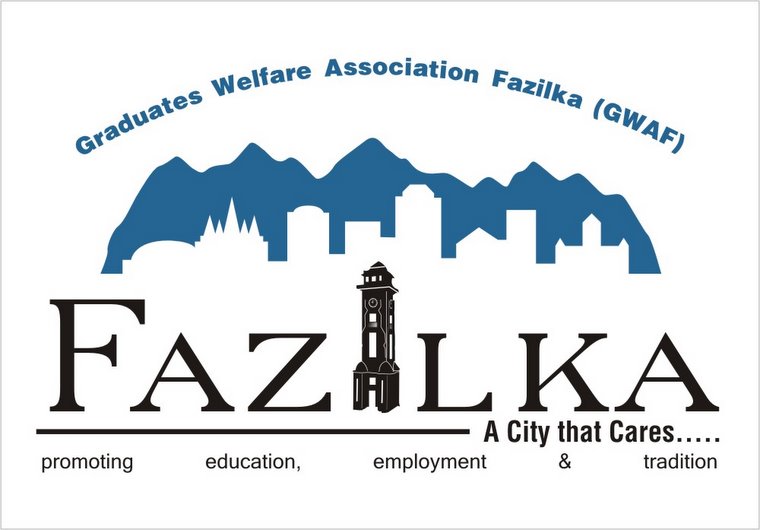| Publication: The Times Of India Delhi; | Date: Dec 15, 2013; | Section: Sunday Special; | Page: 18 |
Audi's Gurgaon showroom is its biggest in India. And that's not the only luxury car showroom hawking its wheels in Gurgaon, Delhi's border cousin and a poster-child for urbanization. Nothing about the development of Gurgaon or its vision of a future can ever be free of one of its principal cheerleader — the car. Yet, the unthinkable has happened. Every Sunday, a 10-km section of the prime suburb is out of bounds for motorized transport from 7 am to noon to no particular end except to give space to residents to do what they want with it. Called Raahgiri, it has let people cycle, walk, skateboard, hold fitness and yoga classes and mini races and skateboarded here.
In a country where pavements are demolished to increase parking, flyovers are preferred over bicycle paths and pedestrians languish at the bottom of the traffic food chain, keeping roads car-free needs gumption. In India there are now 200 times as many motor vehicles ( including two-wheelers) as there were 50 years ago (from 0.7 million in 1961 to 142 million in 2011). City authorities all over the country are struggling to control the number of vehicles and the problems they create.
Yet, a few Indian cities are now confident enough to pull off carfree zones despite strong opposition. The good turnout at Gurgaon's Raahgiri, in fact, prompted the Delhi government to look at a possible vehicle-free road in the India Gate area every evening. Visakhapatnam, Ahmedabad, Dehradun, Fazilka (Punjab) are all experimenting with such no-carzones in an attempt to introduce an alternative to its residents. Last year, Visakhapatnam introduced a car-free zone on the Beach Road between 5.30 and 8 am every day and cycling, walking was promoted. It created three more such zones later and is now planning to set up more.
MV Satyanarayana, commissioner, Greater Visakhapatnam Municipal Corporation, says that the response has been really positive. "Initially we needed police personnel to make sure that cars did not come in but now the residents are so habituated that police presence is not needed. In fact, now there is a demand to make it car-free even in the evenings," says Satyanarayana, who is attempting the impossible task of making sure that pedestrians get first right on the
road followed by cyclists.
Ahmedabad's vehicle-free Sunday evenings, on the other hand, faced trouble because of lack of adequate police personnel to keep the roads car free.
Cyclists and pedestrians have always been there on the roads. But unfortunately, they have been invisible because these are mostly daily commuters who can't afford more expensive modes of transport. It is only recently that urban fitness movements like running, marathons and cycling events have made the middle class notice the lack of footpaths and cycle paths, and the lack of concern for anyone who is not in a car.
"Thanks to walkathons and cycling movements, the middle class and rich are beginning to value pollution-free and congestion-free public areas. They are asserting
their rights to these spaces," says Anumita Roy Chowdhury, executive director — Research and Advocacy, Centre for Science and Environment, a Delhi-based NGO. "But it is important to catalyze public imagination, passion and emotion so they can transform how people look at transportation and slow down this relentless demand for road infrastructure."
But can these intermittent movements wean cities off their addiction to cars? According to Henrik Valeur, a Danish architect-urbanist who is writing a book on the urban transformation of India, it seems like a faint hope. Valeur has suggested a car-free sector (19) to the Chandigarh government as part of his proposals for the new master plan.The idea was to build parking lots at the sector's borders (over- and underground) and have a mix of cyclerickshaws and solar-powered rickshaws and bicycle lanes so that residents can move around without cars.
"About 25% of the total surface area of the sector is currently used by cars, and much of it is covered with asphalt, which contributes to the overheating of the city. The liberated space instead could be used for communal activities, such as playgrounds, sports fields and community kitchen gardens," says Valeur.
The plan was submitted in December 2010 but did not make it to the final masterplan. Instead the administration in 2012 chopped down 60 trees in the sector to facilitate the construction of an overpass for motor transport in the middle of the sector. But Valeur still believes that small movements for car-free zones can be incremental.
"The Copenhagen experience shows that even temporarily closing roads helps in convincing people (of the need for car-free zones)," he says. "Initially, they will be annoyed but this is why it is important to have actual examples in such areas."
Fazilka, a town in Punjab, also freed its main market area of cars between 10 am and 7 pm. Predictably, shopkeepers opposed the move but today, Fazilka has a thriving car-free shopping area. It even introduced a dial-a-rickshaw service.
Roy Chowdhury cites the example of Dehradun which pedestrianized Ghanta Ghar and Paltan Bazaar completely. "European examples have shown that when you go in a car, it is targeted shopping — park, buy, leave but when you walk around, you browse and tend to buy more. People are not against walking. They just want a better experience while they are walking," she says.
THE WHEELS ARE TURNING: The middle class is beginning to value pollutionfree and congestion-free public areas, and is asserting its rights
BREATHING SPACE: Starved of open areas, city dwellers use open roads like they would a park

No comments:
Post a Comment